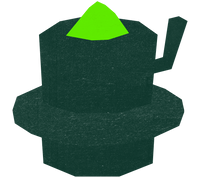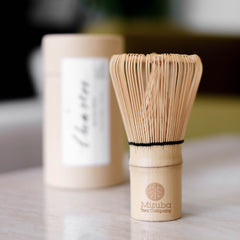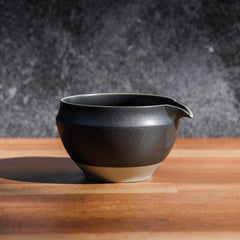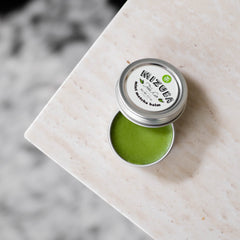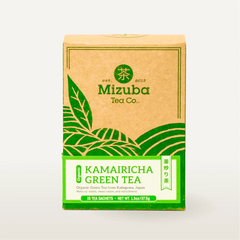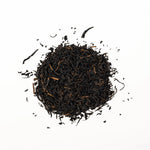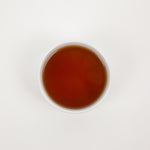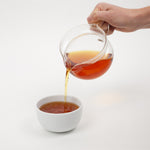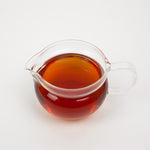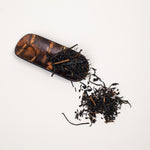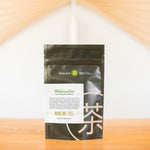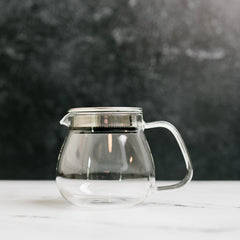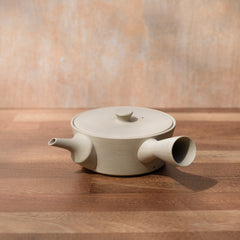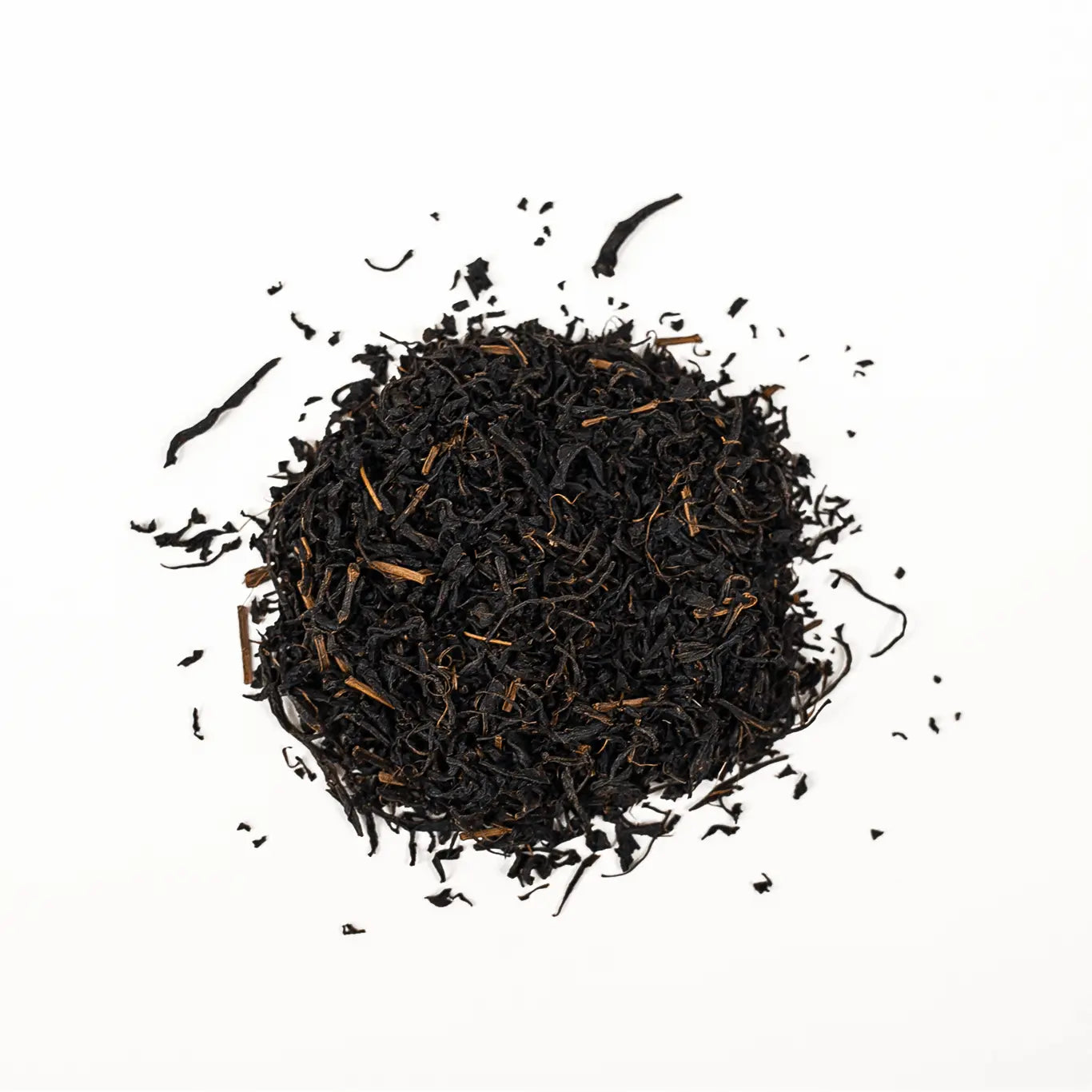
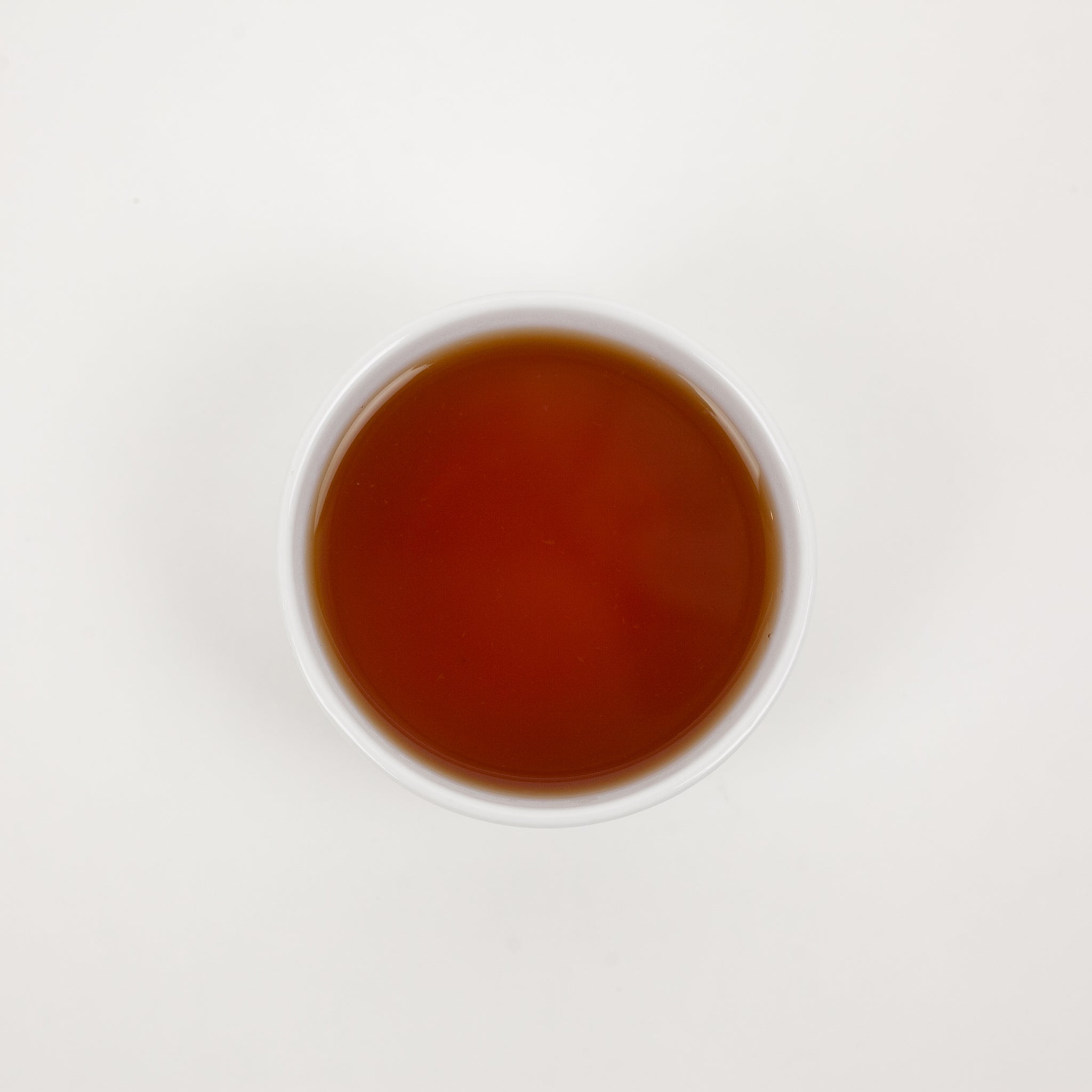
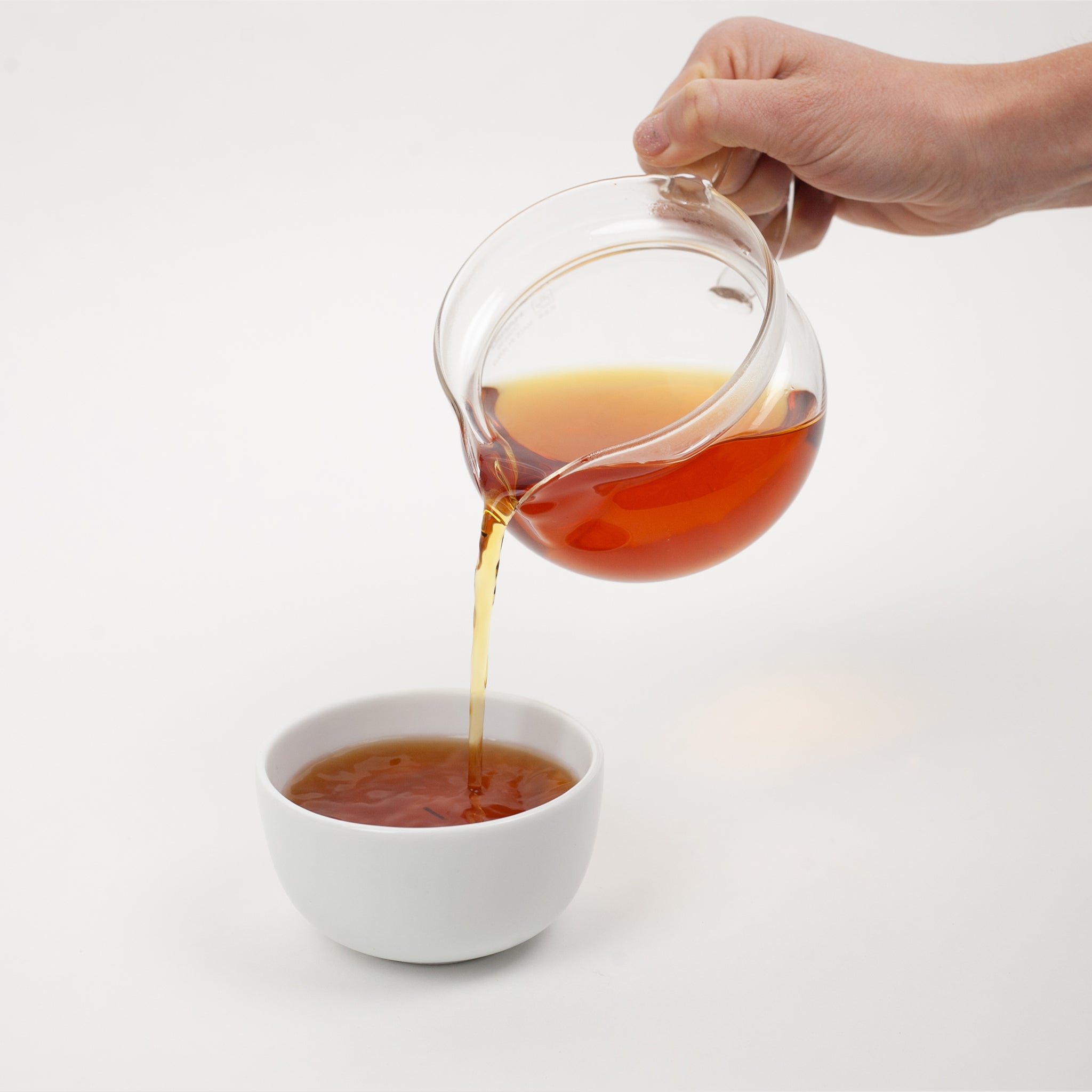

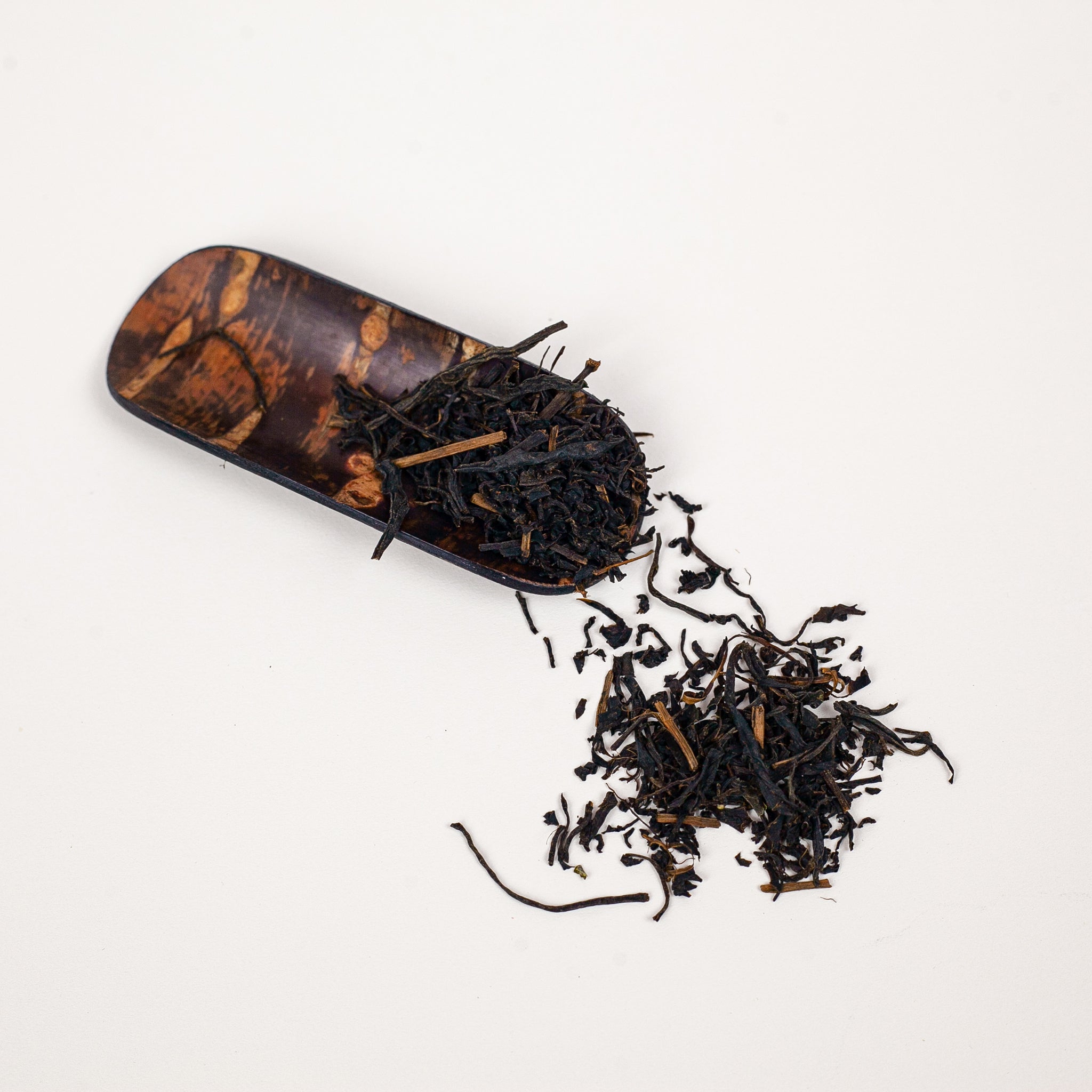
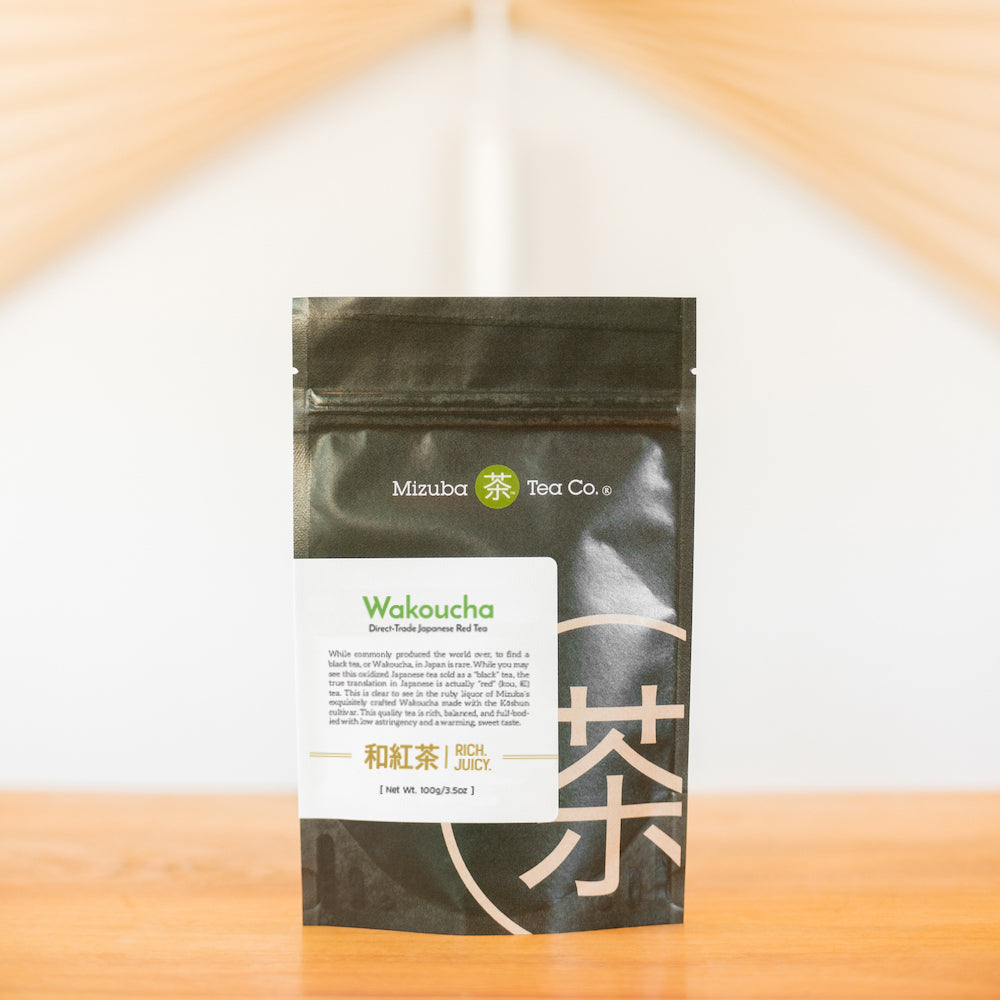
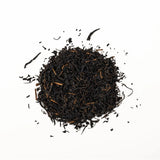
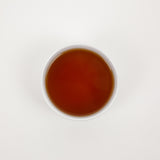
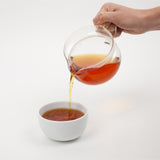
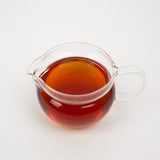
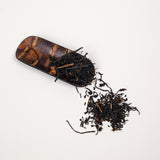
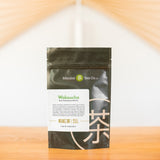
Wakoucha
- Description
- Tasting Notes
What's produced the world over, a wakoucha, or black tea produced in Japan is rare! While you may see this oxidized Japanese tea sold as a "black" tea, the true translation in Japanese is actually "red" (kou, 紅) tea. And you'll certainly see why in the ruby liquor of Mizuba's exquisitely crafted wakoucha made with the Kōshun (or kousyun) cultivar.
Aroma: sweet cooked apricot or berries, bright raspberry.
Flavor profile: rich, juicy, stewed fruit; brandy; flaky pastry; touch of cinnamon.
Store in a cool, dark location. Best consumed within 3 months.
Wakoucha
Brew Guide

180ml (6oz)

5g ( 1 tbsp)

195ºF

3 minutes
What is Wakoucha?
When you think of black teas, you might recollect the deep, malty tastes of India's Assam teas, China's keemun tea, or a robust mix found in a milky British "breakfast blend." However, Wakoucha stands on its own as Japan's black or more accurately "red" tea, meaning the leaves have been fully oxidized during processing. Red tea is a fairly new style to Japan's tea offerings in comparison to the country's established steamed green tea production. Wakoucha first appeared in the Meiji era (19th century) as farmers looked to make teas that would withstand international shipping as Japan's borders opened to global trade.
However, today the style is uncommon and considered a specialty as wakoucha makes for less than 1% of Japan's tea production (partially due to a decline in the 70's given the competition of a strong global black tea market). A high-quality wakoucha tea will have a balanced, full-bodied mouthfeel with relatively low astringency and a warming, sweet taste. You might be tempted to add milk as you might to a typical British black tea blend, but we highly recommend enjoying this special tea on its own to fully enjoy all its nuances!
Tea Details:
Location: Asamiya, Shiga prefecture at about 300m-450m above sea level. The big difference in temperature in this mountainous area helps the tea achieve a unique aroma and deep flavor. The area is said to be one of the oldest green tea production areas in Japan and famous for exceptional quality. The area is also renowned for being part of the Shigaraki town, which is very famous for its ancient ceramic kilns and long history of pottery.
Harvest season: summer
Cultivar: Kōshun, also found spelled as Kousyun. This cultivar is quite rare and very aromatic! If processed as a green tea, (eg, sencha) the scent tends to be orchid-like or herbaceous. But the more oxidized the tea becomes, the aromatics become warmer, sweet, and fruity.
Process: normally, green tea in Japan is steamed, or sometimes pan-fried, early in processing the leaf in order to stop its enzymes from oxidizing (known as "kill green" in the industry). However, tea leaves destined to become wakoucha are exposed to a long withering process for at least 16 hours either outdoors or in special monitored machines to encourage oxidation. The tea is then "kneaded" like sencha to further encourage oxidation across the entire surface area of the leaf and to produce more flavor. The tea is sorted and may undergo more rolling prior to drying the leaves into the finished product. Some wakoucha teas are aged for a more mellow flavor profile.
- Related products
- Recently viewed
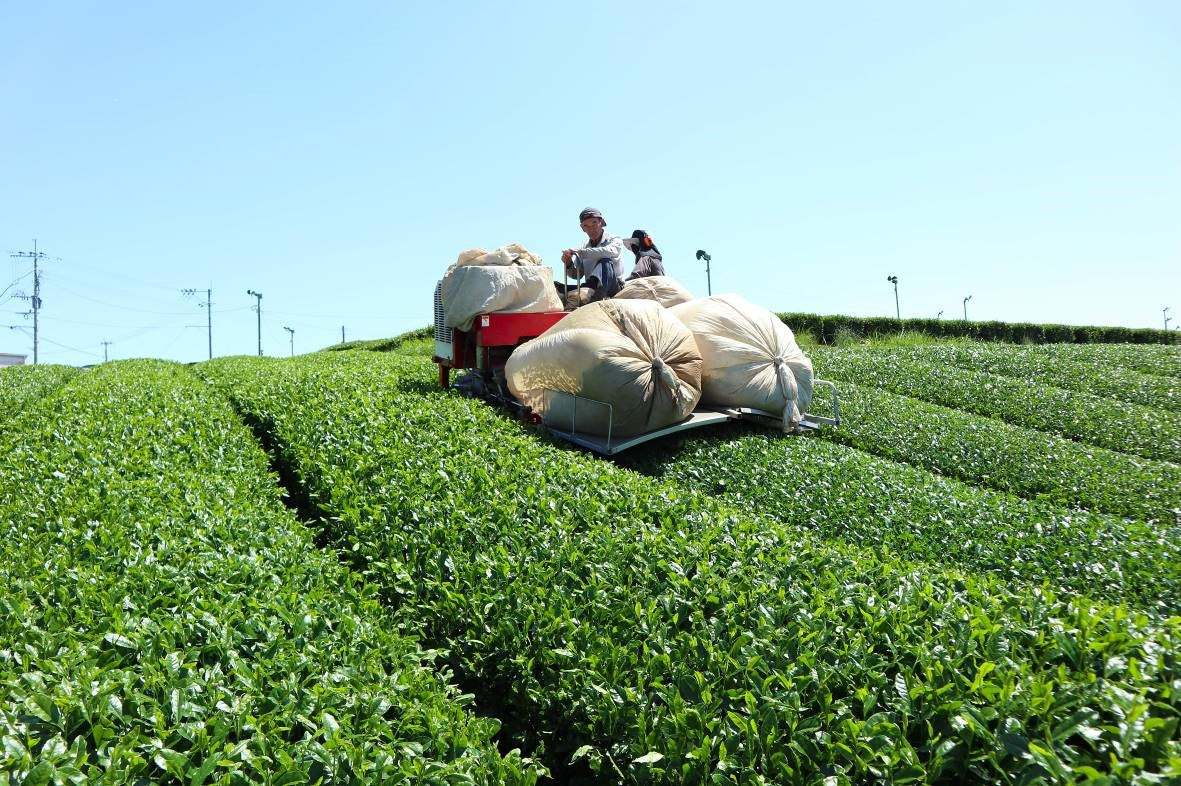
Featured post
A Guide to Harvesting Tea Leaves: An Essential Process in Japanese Green Tea
As with all processes in crafting Japanese green tea, harvesting tea leaves is an intricate skill that takes years to master. Much of the year is dedicated to the elaborate...
